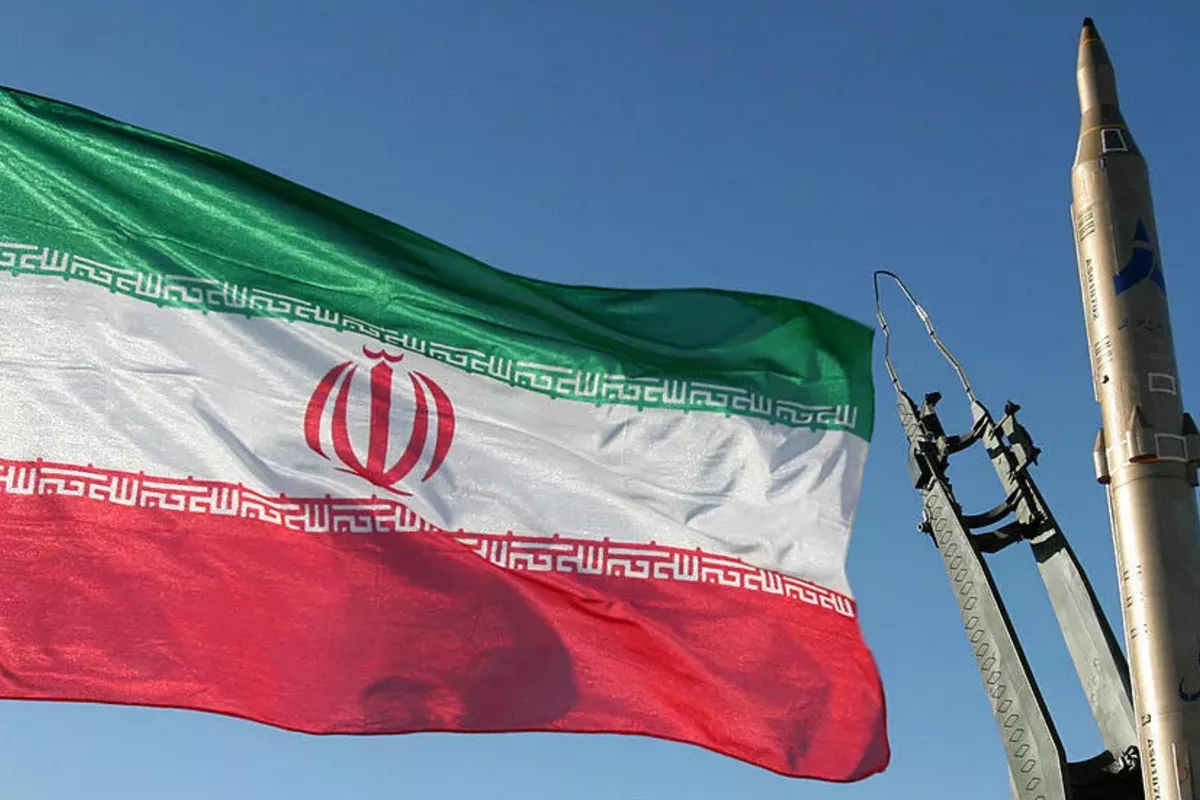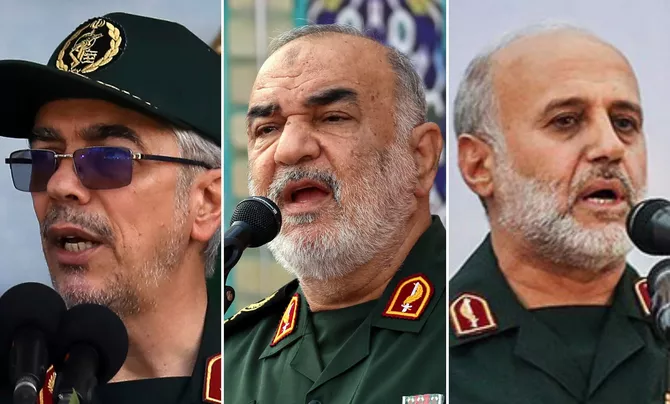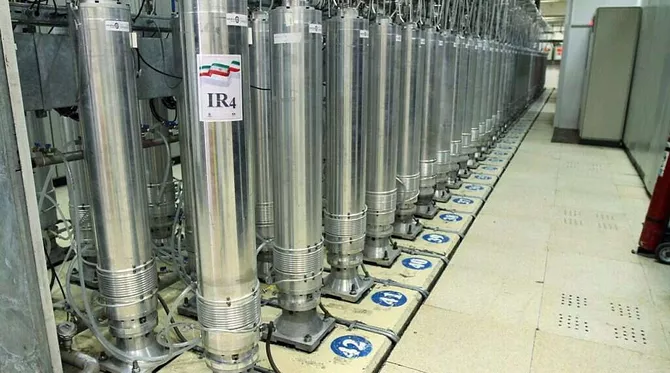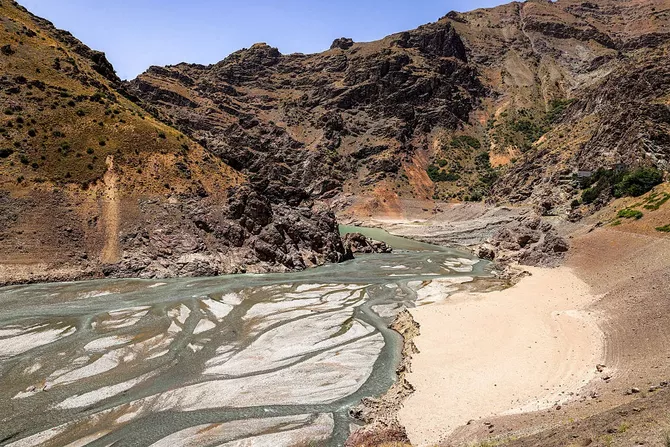
Getty Images
Following the 12-day military confrontation in June 2025, the Islamic Republic of Iran faces significant economic, political, and social challenges. According to various civic sources, domestic tensions have increased sharply, and critical sentiment within society has grown.
Over a short period, numerous legal proceedings were initiated on charges of collaboration with foreign actors - an issue that sparked active public debate both inside and outside the country. A widely circulated video featuring several military officers expressing discontent with the current situation further illustrates the atmosphere of uncertainty and raises questions about cohesion within state structures.
Iranian authorities acknowledge that the country suffered substantial losses as a result of airstrikes by the United States and Israel. Commenting on the conflict, Brigadier General Ali Mohammad Naeini, spokesperson for the Islamic Revolution Guard Corps, stated:
“The 12-day war was a technological conflict unlike previous military engagements involving Iran. It was the first large-scale confrontation that incorporated cyber operations, information campaigns, and cognitive influence, reflecting the nature of modern asymmetric warfare. In such conflicts, the outcome is not determined by territorial gains but by the ability to shift strategic initiative and reshape the balance of power.”

Creator: Surender Kumar Jagariya | MP-IDSA
According to him, the confrontation demonstrated that modern conflicts are increasingly shaped not only by kinetic operations but also by digital interference, electronic warfare, and the capacity to control narratives across global audiences. Military experts note that several drones, communications systems, and security platforms were compromised during the strikes, accelerating discussions within Iran about upgrading cyber defense capabilities.
Losses among senior IRGC commanders and the destruction of parts of Iran’s defense infrastructure intensified internal debates regarding the modernization of missile and defense systems. Analysts suggest that Iran may accelerate cooperation with long-standing partners such as Russia, China, and North Korea to restore military capacity, particularly in air defense, drone technology, and electronic warfare.

Collage: The Times of Israel
The conflict also reshaped regional dynamics and reaffirmed the strategic relevance of Israel's security alliances, particularly its cooperation with the United States and emerging ties with Gulf states.
After the June events, Tehran faced the challenge of rebuilding missile capacities and strengthening air defense systems - tasks complicated by ongoing sanctions and economic constraints. Against this backdrop, Iranian officials reiterated their commitment to cooperation with international nuclear monitoring frameworks. The Ministry of Foreign Affairs stated that all nuclear facilities remain under IAEA oversight and that uranium enrichment had not resumed after the strikes. Political observers view this as a potential signal of willingness to re-engage in diplomatic discussions, including those related to regional security, non-proliferation frameworks, sanctions relief, and economic integration.

Photo credit: israelhayom
Another significant factor influencing the domestic situation is the unprecedented drought affecting much of the country. Due to extremely low precipitation levels, reservoirs and groundwater sources have dropped sharply. Authorities have encouraged citizens to conserve water. President Masoud Pezeshkian publicly acknowledged that the government is assessing various response scenarios, including adjustments to infrastructure planning - statements that have triggered active debate in the media and political circles.
The drought is also affecting agriculture, food security, and industry, leading to rising prices, increased pressure on rural regions, and internal migration toward larger cities.
Minister of Energy Abbas Aliabadi noted that the water shortage stems not only from the drought but also from aging water infrastructure, some elements of which have been in operation for nearly a century, leading to considerable water losses during distribution. According to government estimates, up to 30-35% of urban water is lost before reaching consumers, prompting renewed plans to modernize pipelines, invest in desalination plants along the Persian Gulf, and expand wastewater recycling technologies.
The situation was further complicated by a June 15 strike on Tehran’s Tajrish district, which triggered localized flooding after damage to water channels and hillside infrastructure. Similar environmental and logistical issues have been reported in several provinces. Ahmad Vazeifeh, head of the National Center for Climate and Drought Crisis Management, stated that reservoirs in Markazi Province, as well as in East and West Azerbaijan, are only partially filled. He emphasized:
“Eighty to ninety percent of Iran’s water consumption is linked to agriculture. As long as economic priorities are focused mainly on other sectors, improving water distribution for civilian use will remain a complex challenge.”

Photographer: Atta Kenare/AFP/Getty Images
Iran’s water crisis has long been discussed within the scientific and expert community. A study published in Nature in 2022 highlighted a sustained decline in groundwater reserves resulting from climate change, urban growth, agricultural water use, and limitations in modern resource-management systems. International environmental institutions warn that if current trends persist, parts of the country may face long-term desertification, requiring structural reforms in agricultural management, crop selection, and technology-based irrigation.
The situation has also drawn international attention. In a recent statement, Israeli Prime Minister Benjamin Netanyahu said that, under different political conditions, Israel might consider technological cooperation with Iran, particularly in water resource management, desalination, and ecological restoration. Similar comments have been echoed discreetly by experts in Europe, Japan, and the Gulf region, suggesting that Iran has the opportunity - should policy conditions evolve - to become part of broader regional environmental and infrastructure programs.
Amid economic pressure, water scarcity, and the consequences of the recent conflict, political debates regarding the country’s future have intensified. In recent months, President Pezeshkian has increasingly spoken about the need to reassess national development priorities, infrastructure modernization, and Iran’s long-term foreign policy strategy. Some analysts believe Iran has entered a transition phase that may lead to new scenarios of cooperation with neighboring countries, including Turkey, Iraq, Pakistan, and the nations of the South Caucasus and Central Asia.
Despite existing challenges, Iran continues to declare its commitment to strengthening defense capabilities and advancing its missile program. At the same time, subtle signals of readiness for dialogue are gradually emerging internationally, indicating potential space for diplomatic frameworks and future security cooperation.
Today, Iran stands at a crossroads: to continue its current trajectory or adapt to a changing international environment and evolving public expectations. The direction the country chooses will shape its future role in the region and define its position within the global geopolitical system. Many observers believe the coming years will become a decisive period, determining whether Iran enters a new phase of strategic recalibration and openness, or maintains its current model with gradual, cautious internal adjustments.
Share on social media